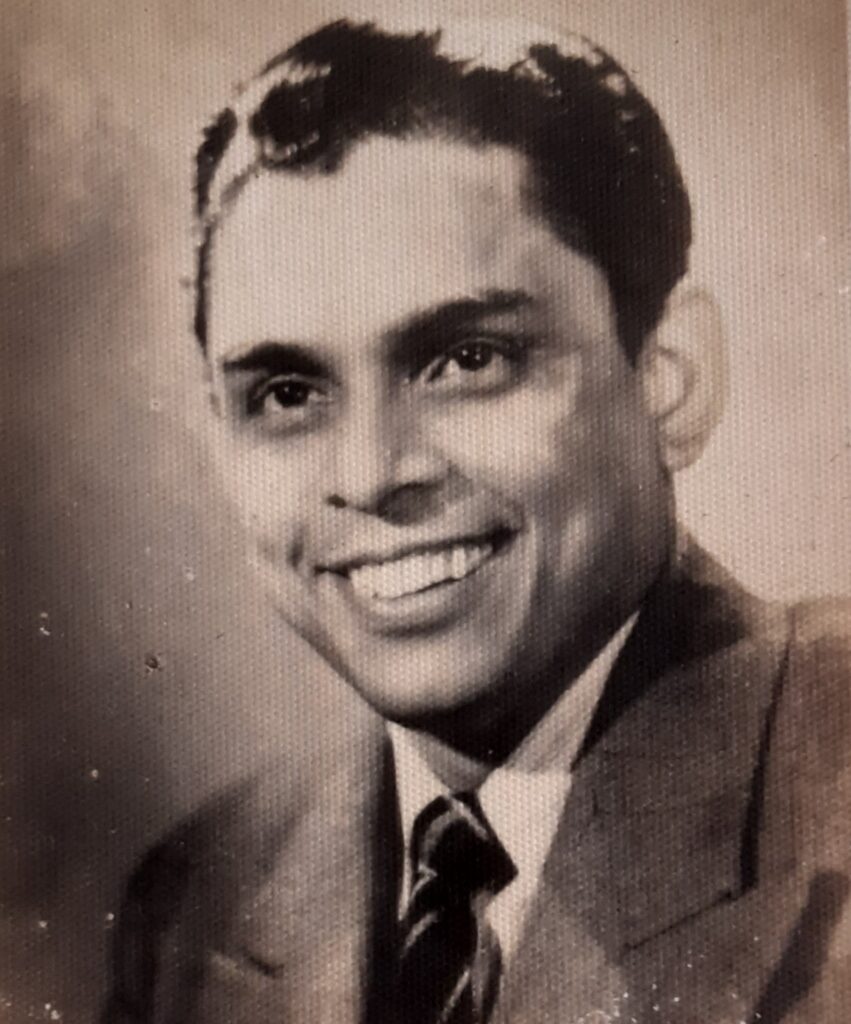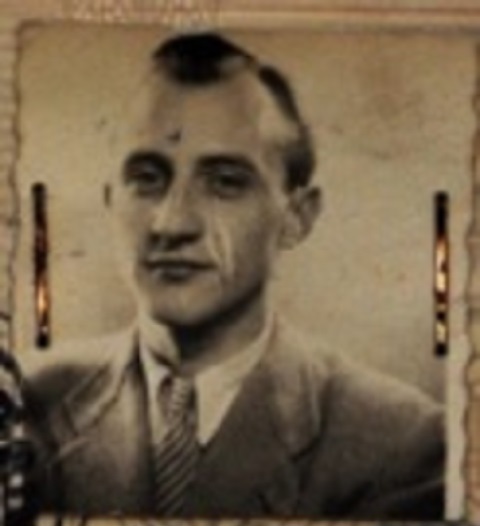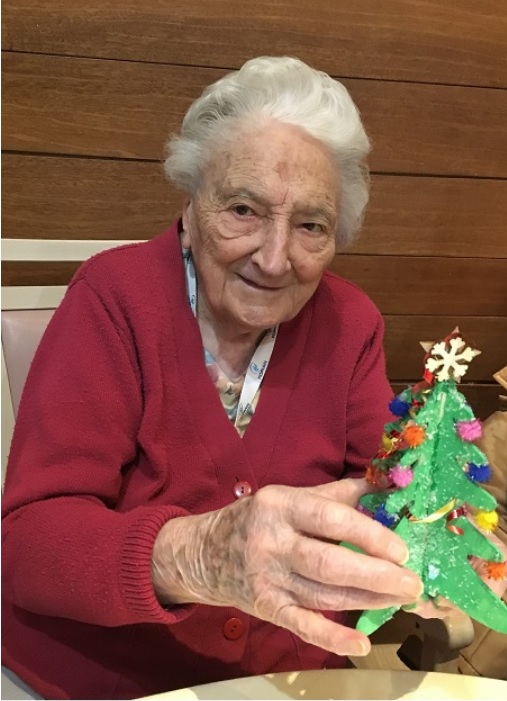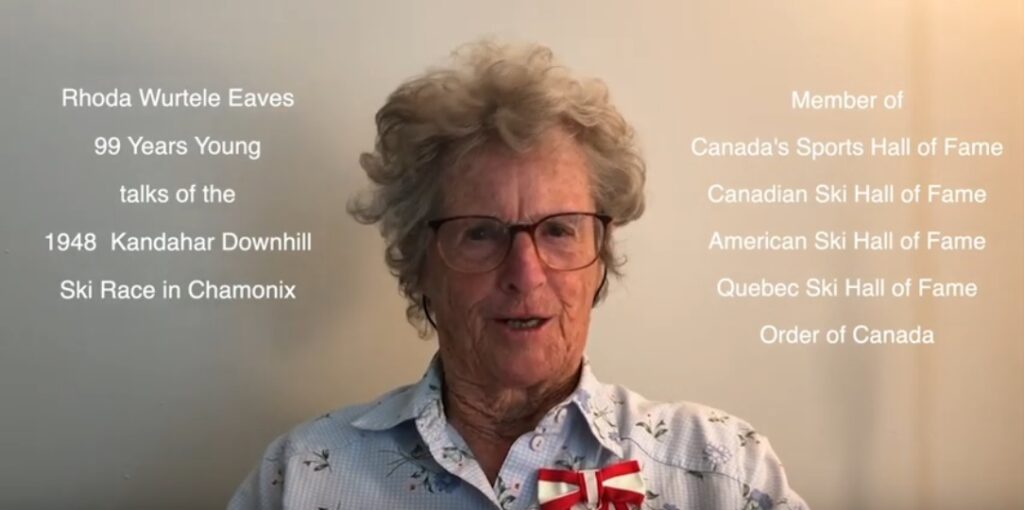Two weeks ago on this blog, we examined some of the lesser-known Belgian art competitors who entered the 1932 Los Angeles Olympics. Today, we wanted to look at five additional entrants for whom we have limited information: two from the United States and three from Cuba.
In general, we know the details of most American art competitors, although Jay C. Maddox has eluded us. Maddox entered an unknown painting event with the work “Gallant Fox” and, at the time of the Games, lived at 206 N. 35th St., Philadelphia. We have been unable to find a painter by this name, however, and suspect that this might be a pseudonym, and we have been similarly been unable to find who lived at that address at the time. Another mysterious competitor is Elsie Swanson, who entered an unknown work into the music competition. Without anything else to go on, we cannot identify her with precision.
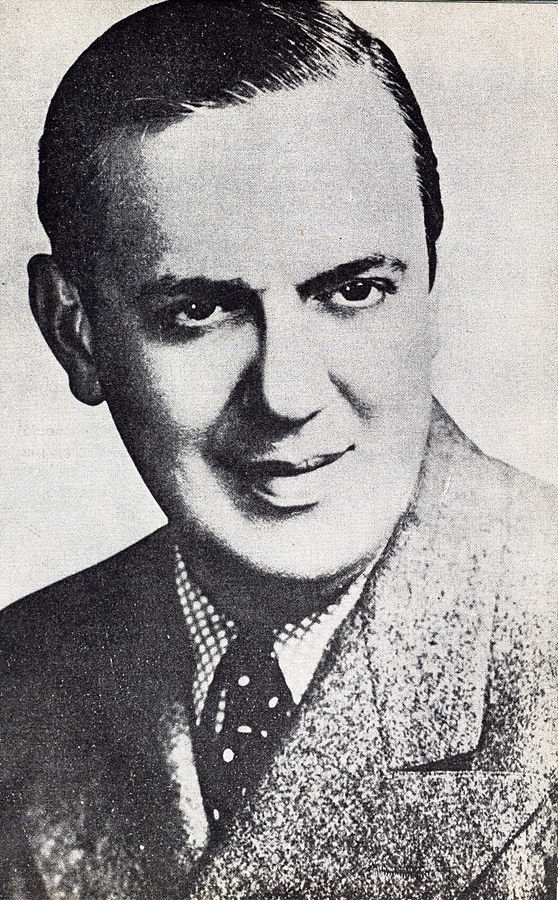
(Ernesto Lecuona)
Three Cubans entered the same music competition, all with unknown works. One went by the moniker “Lenva”, but we suspect that this was the well-known composer and pianist Ernesto Lecuona y Casado. Another was Abelardo Cuevas, known as a composer and oboist, who was most active during the 1930s and the 1940s. We have not, unfortunately, been able to uncover his biographical details. Finally, Rogelio Pazquez is the most mysterious of all, as we have no leads on his specialty or identity.
Finally, on the subject of Cuba, we have one more mysterious track and field athlete from the Los Angeles Games: Rafael Pérez Rodríguez. Pérez was entered into the high jump and long jump, but did not start either of the events, and we have been unable to learn anything additional about him.
